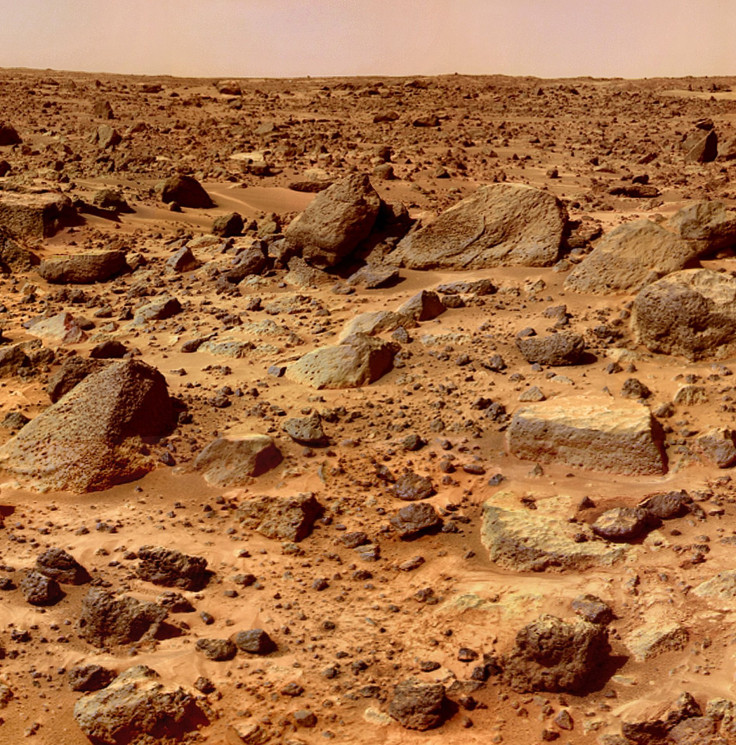New Map Of Mars Shows Thousands Of Water Sites On Red Planet
KEY POINTS
- The water map reveals where aqueous minerals are
- These aqueous minerals still contain water molecules
- The map will be useful in planning future landing sides on Mars
The red planet never fails to intrigue us. The initial quest to find water on Mars has now provided proof of various water spots that are visualized in the form of a water map.
Mars having water in the past is not new information. However, with the European Space Agency's (ESA) latest water map, the sheer amount of water signatures on the red planet has piqued the interest of scientists.
Ten years ago, hardly 1,000 outcrops were known on Mars and were considered geological oddities. But the new map has turned the tables, unveiling hundreds of thousands of such areas in the oldest parts of the planet.
🆕 A new map of #Mars is changing the way we think about the planet’s watery past, and showing where we could land in the future
— ESA Science (@esascience) August 22, 2022
👉https://t.co/xIc8KPAPxM #ExploreFarther pic.twitter.com/Z3XwHVotph
What this map points to, specifically, are the "locations and abundances of aqueous minerals," according to a news release. These minerals are remnants of rocks that have been transformed into clays and salts by the water's past action.
Fewer known previous sites of aqueous minerals made scientists believe it was possible that water was limited in its extent and duration. But with the pair of studies by John Carter and Lucie Riu and their colleagues, both published in the journal Icarus, one can say beyond a shadow of a doubt that water played a major role in shaping the geology on the red planet.
The next big question to answer is whether the water was persistent or restrained to shorter, more intense episodes. While the studies do not give a definite answer, they certainly provide researchers with a better tool for pursuing that answer.
"The evolution from lots of water to no water is not as clear cut as we thought, the water didn't just stop overnight. We see a huge diversity of geological contexts so that no one process or simple timeline can explain the evolution of the mineralogy of Mars. That's the first result of our study. The second is that if you exclude life processes on Earth, Mars exhibits a diversity of mineralogy in geological settings just as Earth does," Carter said, as per the news release.
This water map is a labor of love of ESA's Mars Express Observatoire pour la Mineralogie, l'Eau, les Glaces et l'Activité (OMEGA) instrument and NASA's Mars Reconnaissance Orbiter Compact Reconnaissance Imaging Spectrometer for Mars (CRISM) instrument. It took a decade to put it together.
The map will be especially useful in planning future missions to the planet. It will also act as a reference for future landing sites. In fact, the aqueous minerals still contain water molecules which, together with known locations of buried water-ice, will provide possible spots for extracting water for human base establishment on Mars. Moreover, clays and salts are common building materials on Earth and can be useful that way.

© Copyright IBTimes 2025. All rights reserved.





















